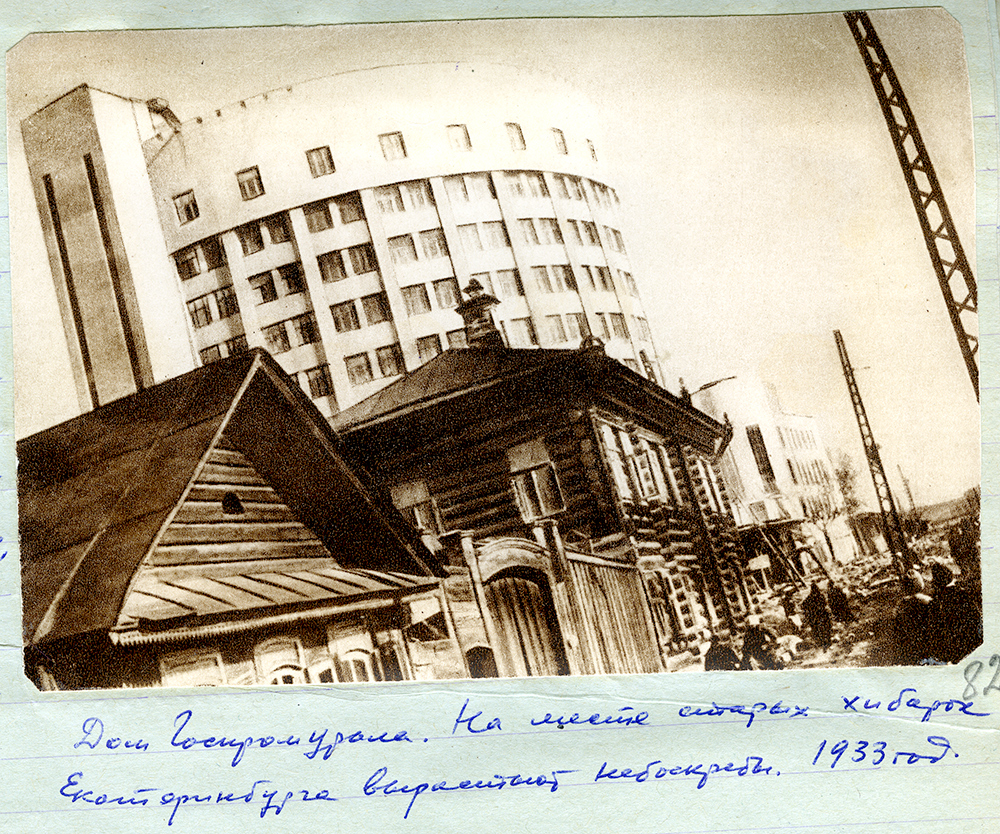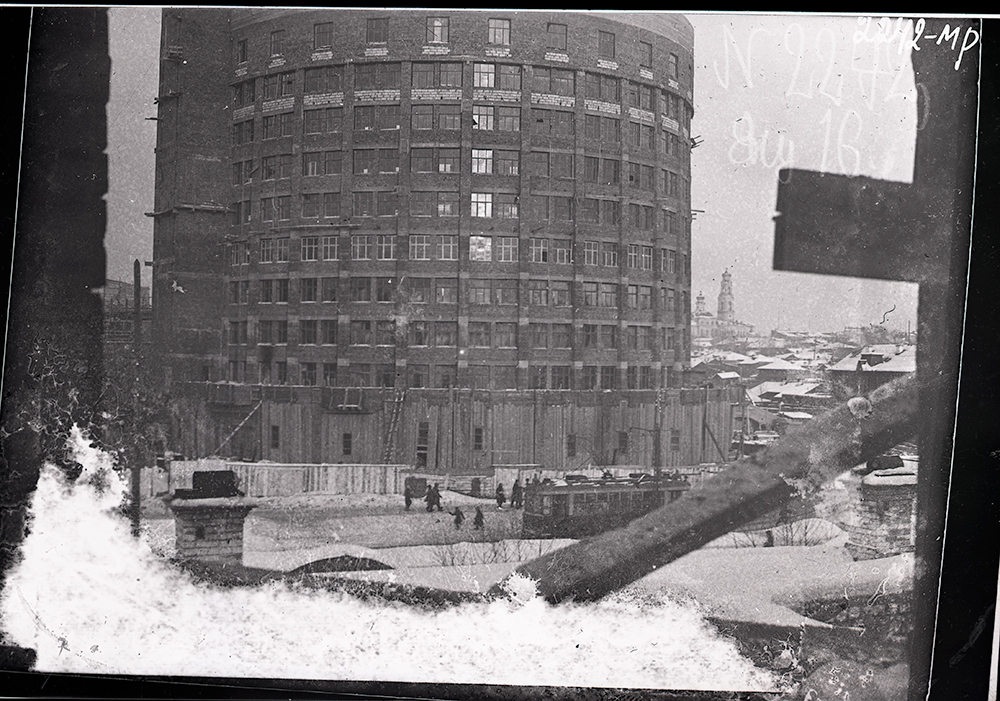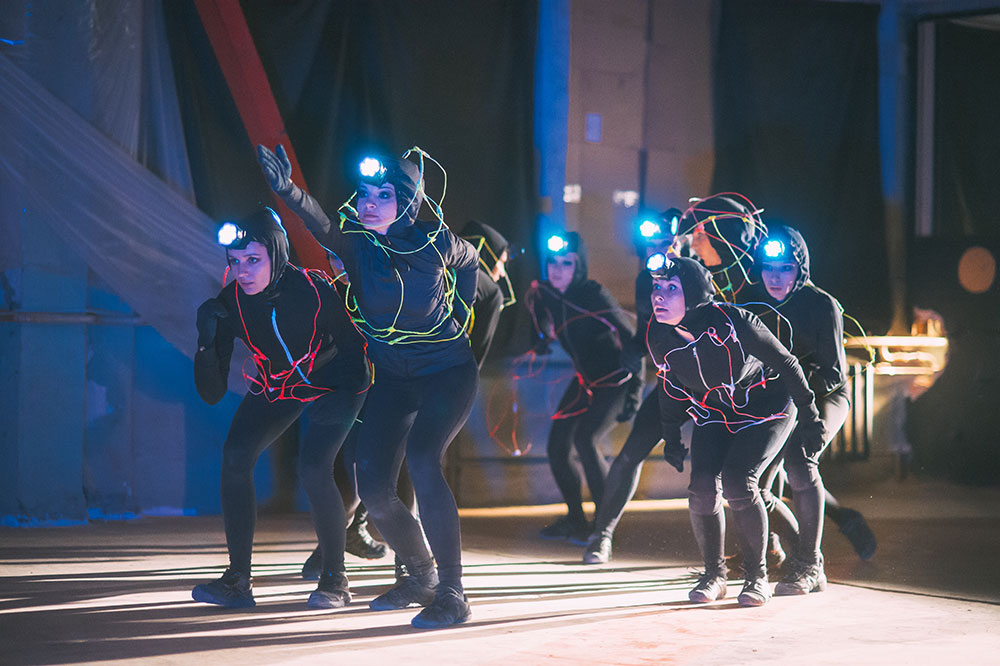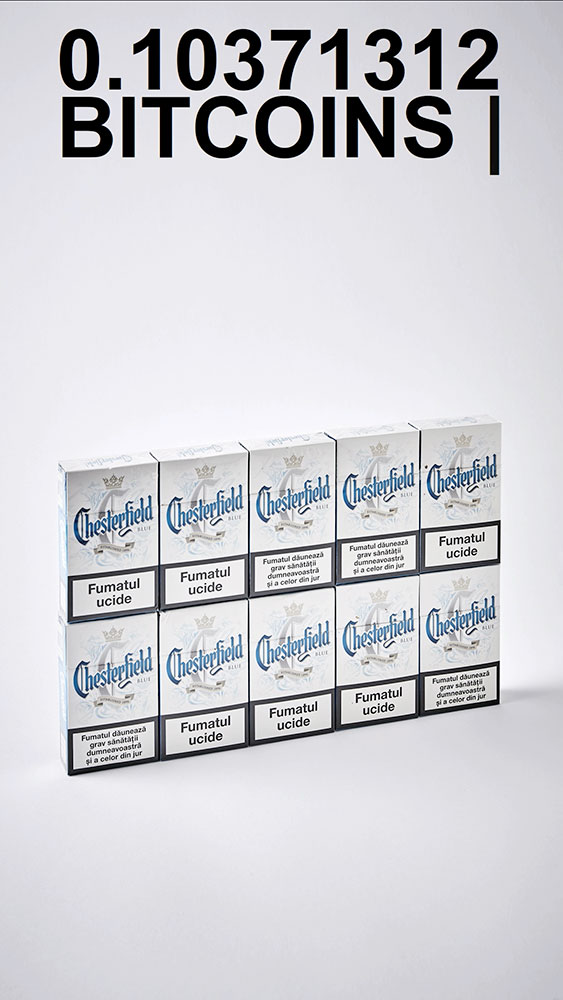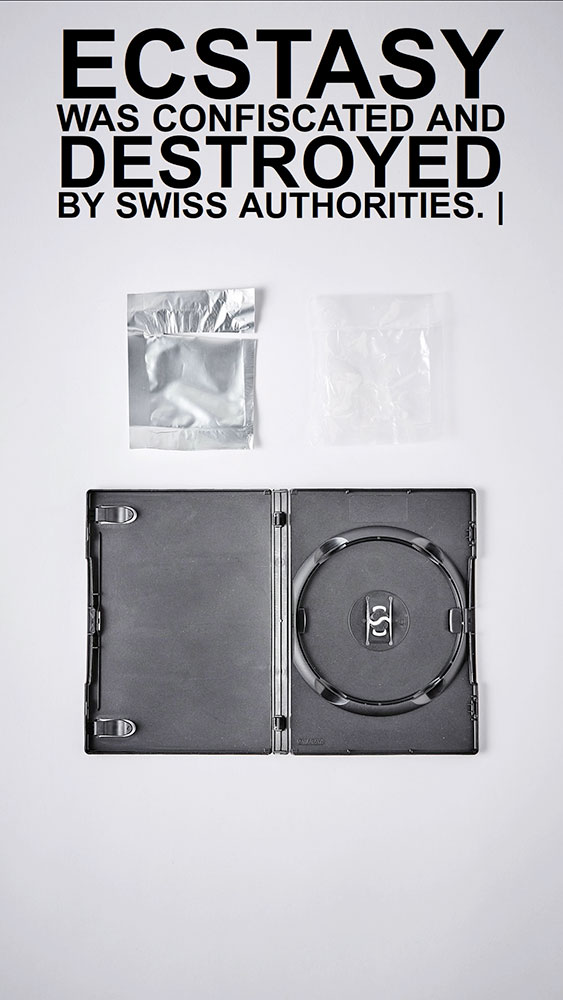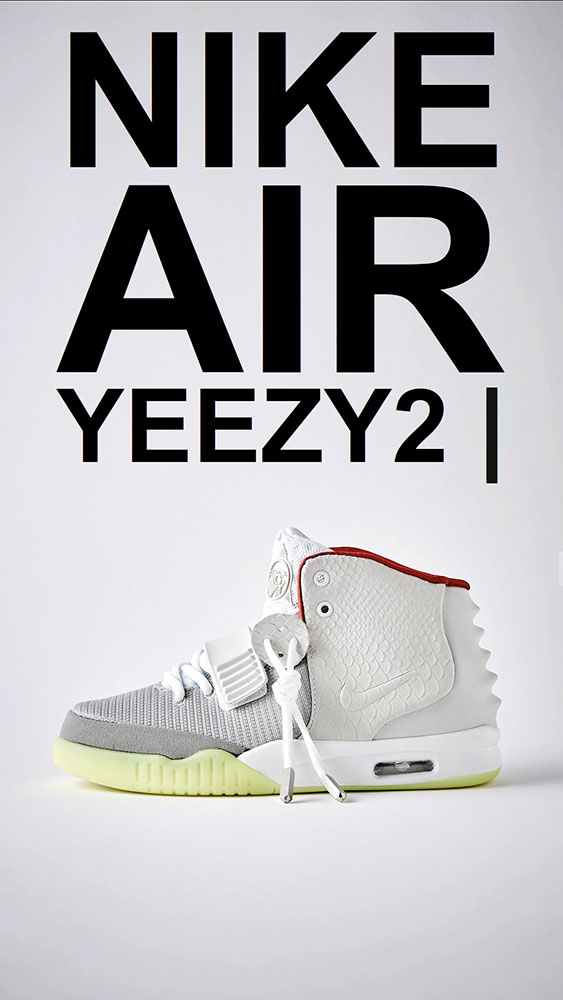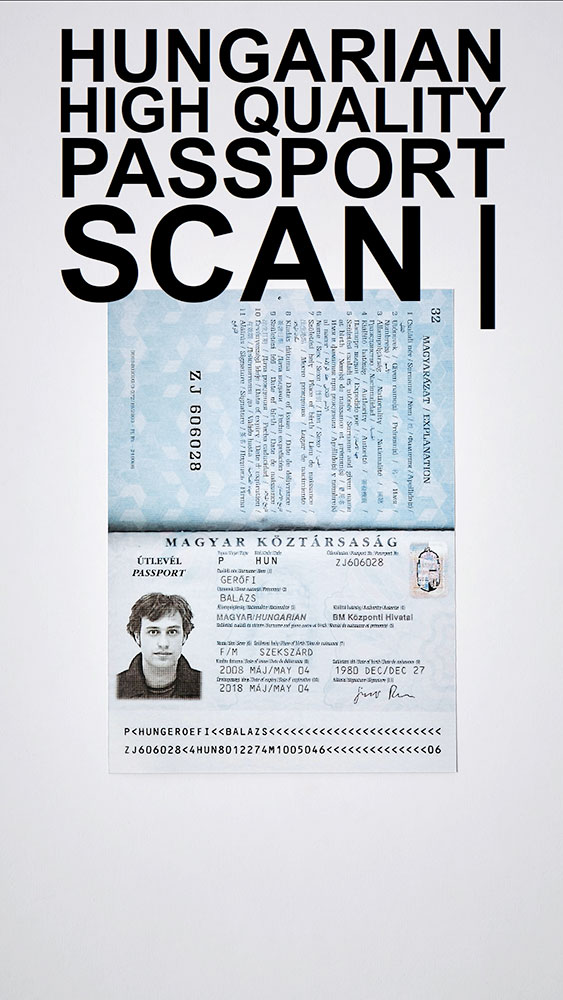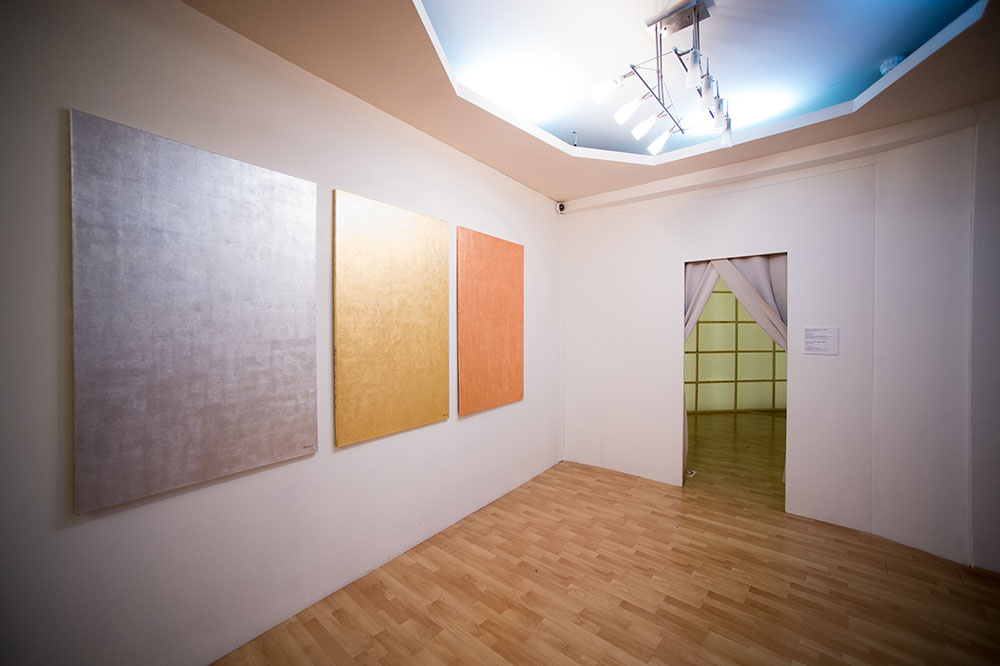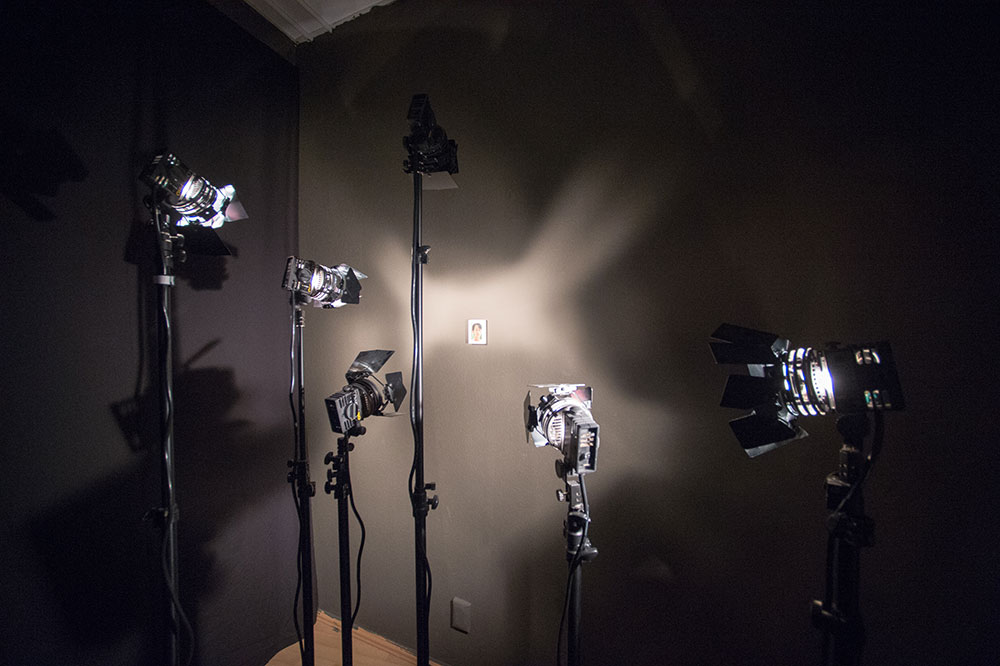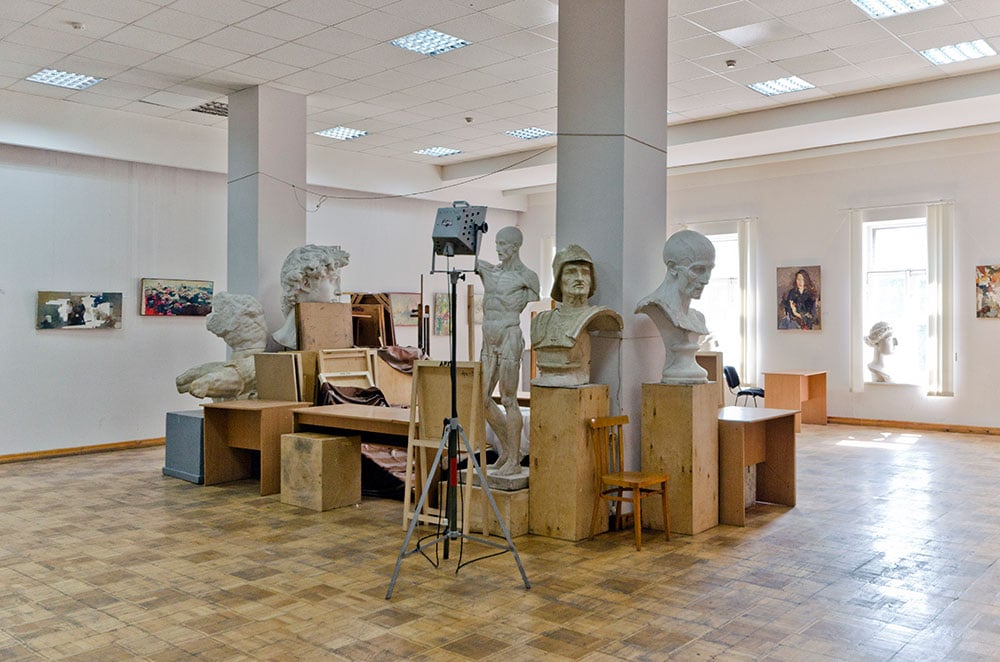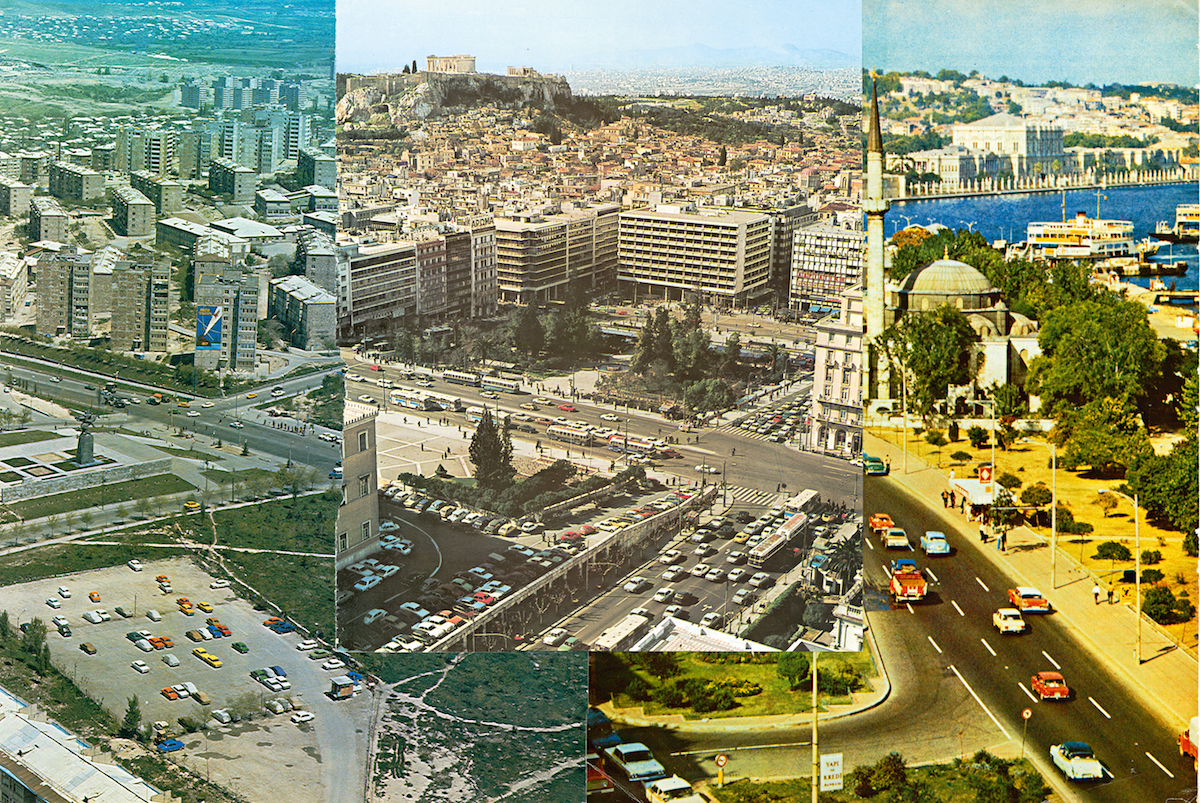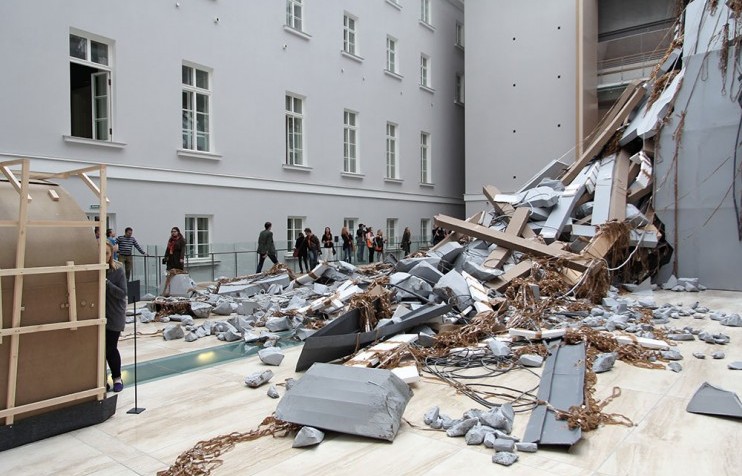Movers and shakers: the artists not to miss at the Ural Biennial
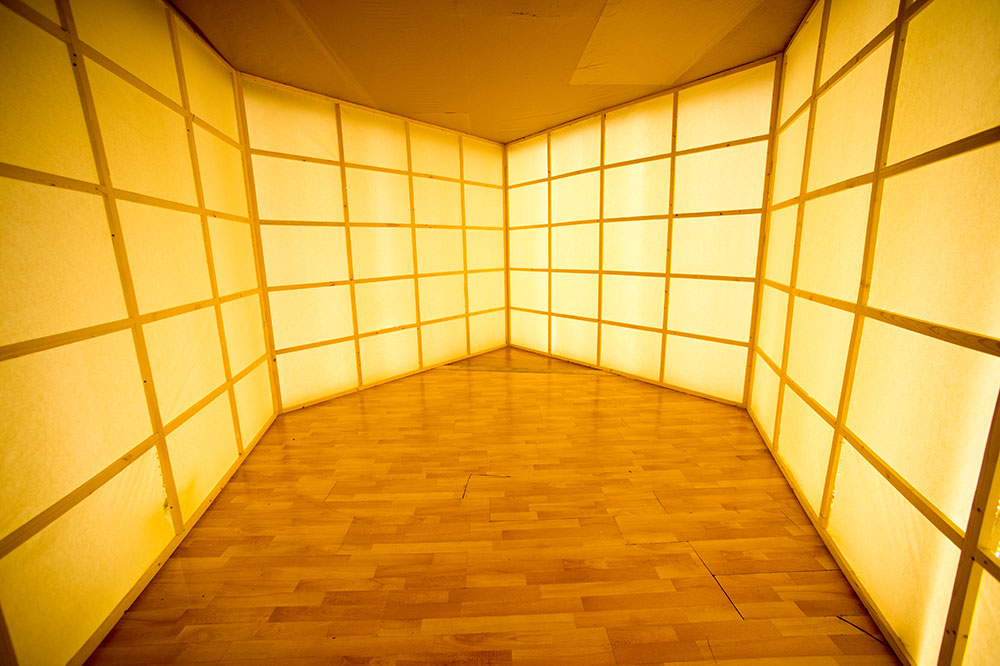
In only five years since inception, the Ural Industrial Biennial of Contemporary Art has become a much-anticipated fixture in the art world, featuring the most exciting local as well as world-renowned artistic talent. This year is no different, with young Pervouralsk-based artist Yurko Koval and Yoko Ono among the highlights
Now in its third iteration, the Ural Industrial Biennial of Contemporary Art has become a key fixture in the calendar of creative Russia. Based in the city of Yekaterinburg but dedicated to exploring the artistic and industrial heritage of the entire Sverdlovsk region, the Biennial is seen by many as a more avant-garde and politically engaged alternative to its Moscow counterpart.
This year, director Alisa Prudnikova and curators Li Zhenhua and Biljana Ciric made the bold decision to house the Biennial’s main exhibition in the twisting corridors and private chambers of the Iset Hotel, one of Russia’s finest extant examples of the Constructivist architecture of the 1920s and 1930s. The setting is fitting on a number of levels: through its installations in and collaborations with local factory spaces, the Biennial reclaims the Constructivists’ calls for a merging of art with production, beauty with the material “stuff” of the world. Yet the Hotel is also a sombre monument: it was built as part of the Chekist Town housing complex for local secret police agents. Basing their project within the building is thus one example of how Prudnikova et al are determined to acknowledge and integrate the difficult legacy of Russia’s past — a striking move in today’s political climate.
The overarching theme of the 2015 edition is “mobilisation”, the relation between contemporary art and social or personal development. To tackle this theme, Prudnikova turned to the east, employing curators based in the Chinese art world in a conscious effort to disrupt any easy comparison between the Biennial in Yekaterinburg and similar events Moscow or western Europe. For The Calvert Journal, she has selected ten highlights from the Biennial that demonstrate its diversity.
Yoko Ono, Touch
The conceptual art superstar was invited by curator Biljana Ciric to create the immersive work Touch for the Third Ural Industrial Biennial. Within a “meditation space” delimited by minimalist sedzi paper partitions, the lighting shifts through shades of warm yellow, encouraging visitors to pause and contemplate their surroundings. Director of the Biennial Alisa Prudnikova says that the installation’s use of lighting seeks to alter the perception of passing time: “Symbolically, it returns to viewers the last 365 days that they have lived through.”
Alfredo Jaar, Three Women
The Chilean-born, New York-based artist (and father of electronic musician Nicolas Jaar) is best known for his socio-political installations: from a six-year project on the Rwandan genocide, to his performance piece about the Mexico-US border, The Cloud. For the Biennial, Jaar has narrowed his focus to interrogate the ways in which we perceive “heroines”. Harsh industrial lights crowd around tiny portraits of Graca Machel, Ela Bhatt and Aung San Sui Kyi in a stark representation of the scrutiny under which we place women in the public eye. “It is one of the most spectacular installations at the Biennial,” says Prudnikova. “We almost never altered room structures in the Iset hotel, but we made an exception for this one, which requires a lot of space. I regard Jaar’s work as highly topical for today’s situation in Russia.”
Yurko Koval, Trinity: Treasure
On a basic level, the three panels of Koval’s Trinity: Treasure recall the biblical motif of the Father, Son and Holy Ghost and their representation in, for instance, the famous paintings of Russian medieval master Andrei Rublev. The materials used – gold, silver, copper – are also a reference to the abundant natural resources of the Urals that made the region a hotbed of industrial activity. This is the first time that Koval, a young artist from the regional town of Pervouralsk, has participated in a major exhibition. “I am very proud that a young and unknown artist has become part of the main project of the biennial,” says Prudnikova, highlighting what she describes as the “touching ‘uralness’” of the piece.
Tang Nannan, Odyssey Smoking
Having made his name exhibiting at the Shanghai Museum of Contemporary Art, Tang Nannan is one of several Chinese artists invited to Yekaterinburg by curator Li Zhenhua. Nannan’s video work stage quiet collisions between traditional Chinese culture and industrial expansion: the meditative sway of row boats on the ocean, for instance, is contrasted with a steam train. For Alisa Prudnikova, his “sea-serpent” train, pictured above, shows how “traditions that are fading into the past are at times still unpredictable or secretive, how they resemble destiny or fate”.
!Mediengruppe Bitnik, Random Darknet Shopper – Bot Collection
In what Prudnikova calls “a stunning example of an incredibly fine line between art and life”, this Swiss collective sent an automated shopping-bot program on a weekly spending-spree on the “darknet”. With a budget of 100 Bitcoins per trip, the bot would randomly choose items and send them directly to the exhibition space. Random Darknet Shopper – Bot Collection is a display of 12 of these items, purchased between October 2014 and January 2015. Among the spoils: Diesel jeans, a fake Hungarian passport, and a package of ecstasy tablets seized and destroyed by Swiss authorities. As if to underline Prudnikova’s assessment, curator Li Zhenhua and Bitnik inadvertently created through their shopping trips a precedent in juridical practice in Switzerland.
Art residencies
Described by Prudnikova as the “hallmark” of the Biennial, art residencies were introduced at the second Ural Biennial, and see artists from around the world create site-specific projects making use of the industrial resources provided by local factories. This year, eight artists representing five nationalities travelled together by bus across the Sverdlovsk region. The journey became a “form of research that allowed the participating artists to embed themselves in a variety of industrial processes”. Examples include an intervention to beautify the trams of Nizhny Taghil; a sound installation based on field recordings taken along the Alapaevsk railway; and a public sculpture in the town of Satka made in collaboration with the local Magnesit processing plant.
Performance platform
The performance platform is a new programme for the Third Ural Biennial – a “total experiment,” as Prudnikova puts it. Comprising a series of purpose-built shows staged in marginal or abandoned spaces at the former Ural Worker printing house, the performances make use of the Constructivist setting to capture an authentic sense of the era of the first Five-Year Plan. The platform draws on the region’s strong cluster of theatrical resources — the Nikolai Kolyada Drama School, world-famous contemporary dance companies, musical troupes – as well as showcasing performers from the Netherlands and China. Prudnikova reserves special mention for Fracture, a promenade piece recounting the bloody biography of a local secret police agent.
Research project: Chekist Town: from utopia to avant-garde
A special exhibition created for the Third Ural Biennial and dedicated to the history of the Chekist Town complex. The complex’s name refers to the Soviet secret police force, who were housed here along with their families. The research is visualised as a laboratory, from which it is possible to look at the town from several points of view, to see what is hidden beneath its architectural peculiarities and to remain alert to the shifting meanings of the discourse that surrounds it. A working group of researchers conducted interviews with several generations of inhabitants; the resulting exhibition features works by the artist Georgy Katughin, who lived in the complex as a child, as well as photographs and films overlaid with residents’ accounts.
Cogs: a special project
A striking installation of gigantic constructions that imitate different types of cog, this work, conceived by Michele Giangrande, was first unveiled at a pop-up museum in Rome as part of a project commemorating the 150th anniversary of Italian unification. The Biennial’s updated version is a Russian premiere, and is installed in the workshops of the Uralkhimmash factory, which specialises in the production of parts for the energy industries. In addition, the project includes a light installation by the artist Ildar Yakubov from the local Laboratory of Digital Art (MARSLAB): a spotlight traverses the workshop, reminding spectators of the extent to which representations of reality depend upon external stimuli.
Katya Bochavar, Factories: direct speech
Prudnikova describes this installation as both “a development of the themes raised in the art residencies, and a sort of groundwork for the next Biennial.” By presenting the produce of factories from the Urals as artistic objects within a museum space, artist Katya Bochavar constructs a form of material ‘direct speech’, a dialogue between industrial production and research into contemporary artistic processes. In this way, these “found objects” – porcelain moulds, metal floor tiles, motorcycle parts – give voice to the many workers from local factories who contribute obliquely to the Biennial’s celebration and interrogation of industry.



